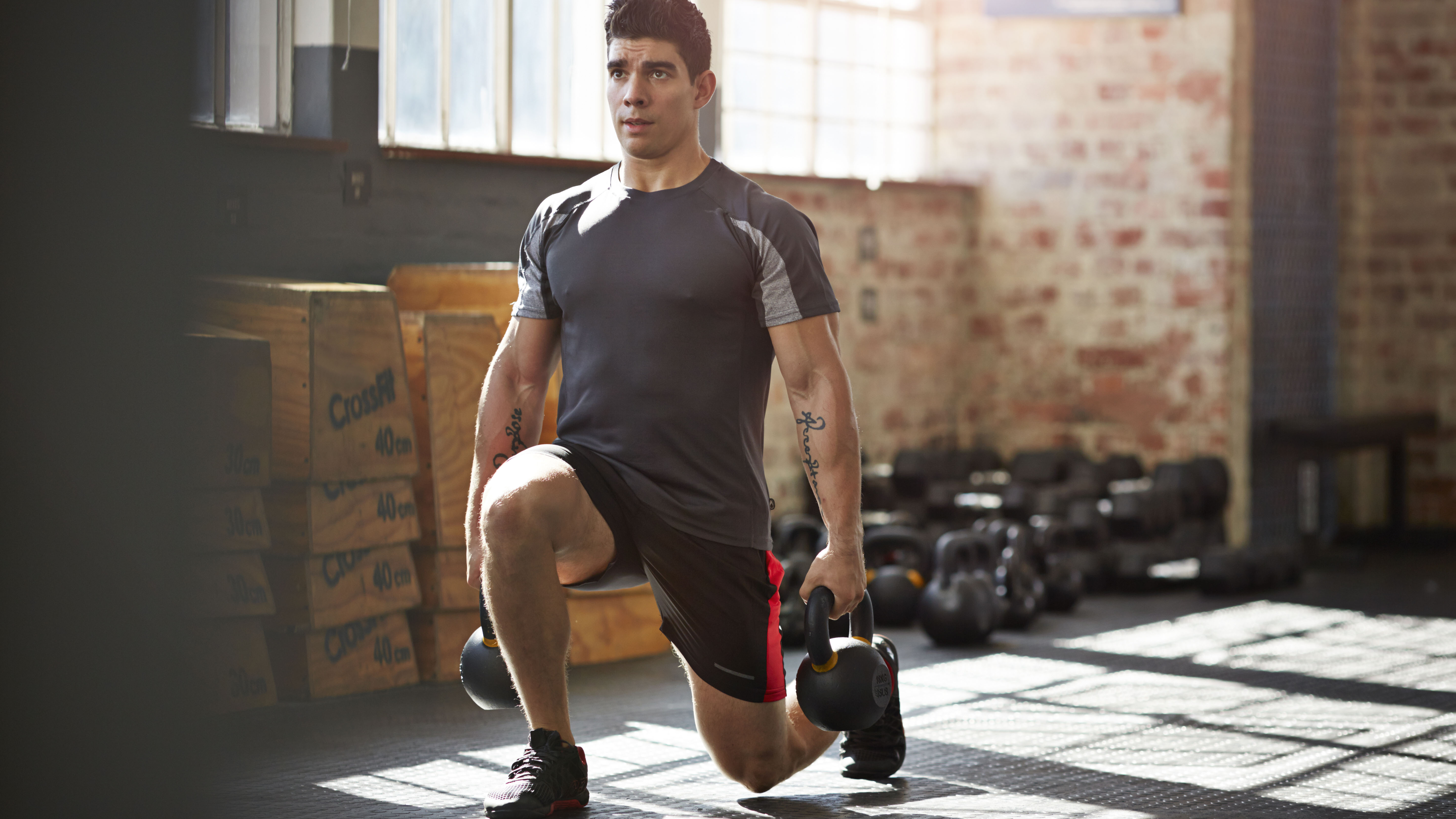What is weight training?
What is weight training and how can you make it work for you?

Once considered the domain of oiled-up bodybuilders, the growing recognition of the importance of muscular strength, means that weight training is something that we’ve likely all been exposed to, even if only as part of a hybrid-style workout. But just what is weight training and how can you integrate it into your training routine in order to better meet your goals?
Whether you’re looking to simply add some muscular gains into a cardio-based regimen, or find yourself deliberating which are the best adjustable dumbbells as you prep for a hypertrophy training programme, weight training is an essential component in maintaining and improving body health.
Learn weightlifting for beginners or read on to find out more.
What is weight training and why is it important?

“Weight training, commonly called resistance training, is a method of training used with the view to cause adaptations to the skeletal musculature of the body,” explains Joe McKale, Head Olympic Weightlifting Coach at Taylor’s, one of the UK’s premier strength training gyms. “Resistance can be applied to exercises in numerous ways,” he adds, “the most common of which are by using free weights, resistance machines, using your own bodyweight as resistance, and the best resistance bands.”
The importance of improving skeletal musculature in improving overall health has become increasingly recognised over the last couple of decades. A 2012 study in the Current Sports Medicine Journal found that natural age-related muscle loss leads to other undesirable developments, such as metabolic rate reduction, fat gain, loss of bone density and contributes to ‘all-cause mortality.’
What is hypertrophy?

According to the International Journal of Environmental Research and Public Health, muscle hypertrophy, the process of ‘building muscle’ occurs when ‘muscle protein synthesis exceeds muscle protein breakdown’, usually through resistance training and an adequate nutritional intake of protein, effectively leading to a ‘net gain’ in muscular growth.
Hypertrophy, which entails building the cross-sectional size of a muscle, helps to increase your maximal strength. Knowing your 1RM (or one-rep max) is an important detail here – this is the maximum amount of weight you can lift for a single rep in any given exercise. That figure is then used to calculate routines that will then build muscle size.
“We will train for hypertrophy with higher rep ranges of 8-15 depending upon the exercise, and our goal is to amass high levels of tonnage,” says McKale. Tonnage is the load volume of an exercise session, and it is calculated by multiplying your sets, reps and weight lifted “We normally perform 3-5 sets per exercise during this kind of training phase, with loads ranging from as low as 60% to as high as 80% of a lifter’s one rep max.”
How to increase muscle size

Increases in muscle size can be measured in both explosive power and maximal strength. For power increases, heavy lifts and personal bests are key to increasing the velocity and force with which a load can be lifted. To increase strength however, that increased muscle size then comes into play. A repetition range between 1-5 is used to lift heavy loads generally above 85% of the 1RM.
According to McKale, results in this stage can be truly impressive: “We can maybe go as high as 100%+ of a lifter’s one-rep max if training goes well! In this phase of training, we want to increase the body’s ability to produce maximal force through increased motor unit recruitment, voluntary activation of the muscles, improved skill at lifting heavy weight and to a lesser extent than the last phase – hypertrophy.”
While it may look aesthetically pleasing and offer a range of health benefits, growth in muscle mass certainly isn't the be-all and end-all for weight training. In contrast to aerobic workouts which are believed to yield little positive impact on bone strength, various studies, including one published in the Endocrinology and Metabolism journal, have posited that weight training improves the body’s bone density, especially when the large muscles around the hips and the spine are targeted.
“Resistance training can also increase bone density,” agrees McKale, who has an MSc in Strength & Conditioning. “This helps an individual to be more robust to breaks, fractures and reduces the chance of osteoporosis. Weight-bearing exercises later in life can also help to attenuate the decay of bone density with age,” he adds.
Metabolic rate also slows down with age, but this too can be countered with resistance training. “Muscle utilizes stored energy in the body to produce movement,” outlines McKale, thus “a greater amount of muscle mass can equate to a higher metabolic rate.”
How often should you do weight training?

So how often will you need to train to reach the point where you’re benefiting from these gains? And how long can you expect it to take? “Two to three times per week as a minimum is recommended by the American College of Sports Medicine,” says McKale, “and I would tend to agree with that for the average gym goer!” Beginners will most likely notice an instant improvement in strength and performance, while if improved body composition is your goal, consistent training should enable you to see noticeable changes over the course of several weeks.
If you’re a newcomer to such methods, remember to start with simple exercises and lighter loads, especially when using free weights. Resistance machines can be really useful too, but again, start light until you feel confident. Once you’ve performed three of four sets, if you feel you have more to give, add a little more weight to the set next time you perform it.
However, if you’re interested in more complicated routines that recruit larger groups of muscles and yield greater results, McKale recommends seeking assistance: “If your ambition is to perform more complex exercises such as squats, deadlifts and cleans, it is worth investing in a coach until you are technically proficient. Nothing sets you up for long term success better than ensuring solid foundations are laid at the beginning of your journey!”
The numerous benefits of weight training are abundantly clear, so whether you’re wanting to figure out how to build your own home weights gym and perfect your home weights training or you’d prefer to work with a trainer in the gym, find yourself a weight and start pumping some iron!
References:
Sign up for the Live Science daily newsletter now
Get the world’s most fascinating discoveries delivered straight to your inbox.
Dan Cooper is an experienced fitness writer who firmly believes in the power of running. The hardest race he has completed so far was Tough Guy, the world’s oldest and most demanding OCR event. There he learned that you may be able to outpace opponents, but outrunning hypothermia? That's a different race entirely.











